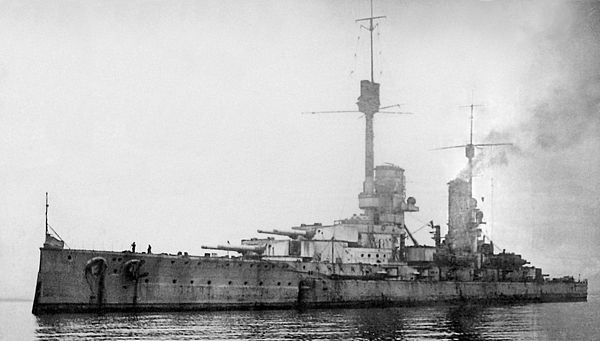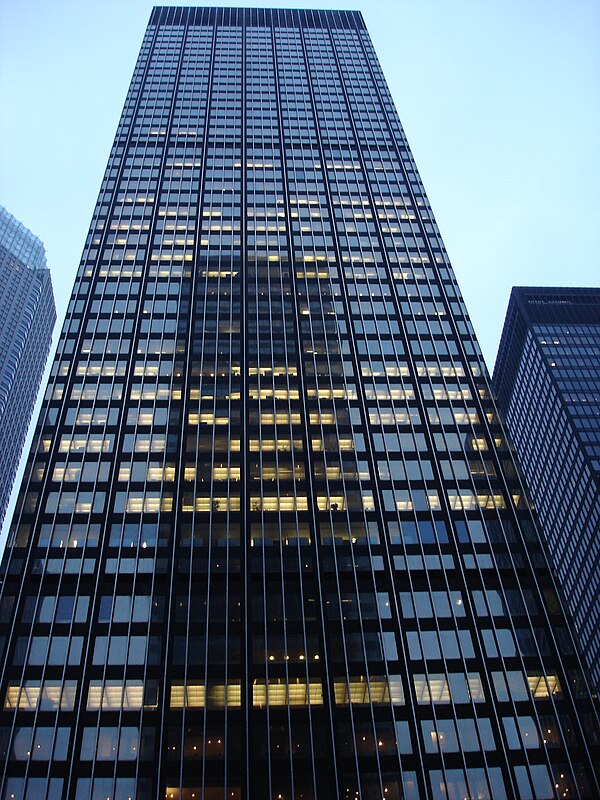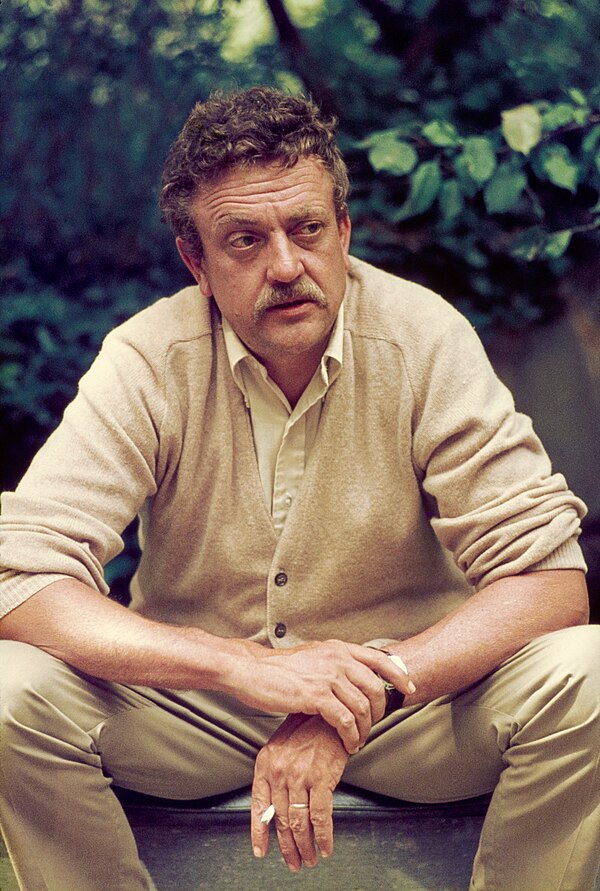20251114
From today's featured article
Elinor Fettiplace (c.1570 – in or after 1647) was an English cookery book writer. Probably born in Pauntley, Gloucestershire into an upper-class land-owning farming family, she married into the well-connected Fettiplace family and moved to a manor house in the Vale of White Horse, Berkshire. In common with many ladies of the Elizabethan era, Fettiplace wrote a manuscript book with details of recipes for dishes and meals, medical remedies and tips for running the household. She dated the work 1604, but it is possible that she began writing it several years earlier, when she was still living with her mother. The book was passed down through her family, initially to her niece, until it was handed to the husband of the twentieth-century writer Hilary Spurling. Fettiplace's husband died in 1615; she moved back to Gloucestershire and married a local man, Edward Rogers, who died in 1623. She lived until at least 1647. (Full article...)
Did you know ...
- ... that Fort George (pictured) was the execution site of Maurice Bishop, the prime minister of Grenada?
- ... that choreographer Nat Horne's father, a Baptist minister, opposed dancing, and Horne began his dance training by sneaking out of Saturday-night prayer meetings?
- ... that the television drama This Thriving Land revived public interest in Chinese sage?
- ... that Red Seidelson worked as a dentist at the same time he played in the NFL?
- ... that in 1982 HMS Junella carried a naval mine from the Falkland Islands to Great Britain on her deck, covered by a wet mattress to keep the explosives cool?
- ... that Indonesia's ambassador to the United Nations Umar Hadi co-produced a movie during his tenure as consul general in Los Angeles?
- ... that the Mongol forces at the Chem River Battle used carts with iron-shod wheels to handle the rocky terrain?
- ... that Bijal P. Trivedi wrote on how cystic fibrosis went from being a "death sentence" for children to becoming a treatable condition due to new drugs that brought "weeping with joy"?
- ... that the school of Corpus Christi Church educated at least eleven sets of twins during the 1953 school year?
In the news
- David Szalay (pictured) is awarded the Booker Prize for his novel Flesh.
- American molecular biologist James Watson, co-discoverer of the structure of DNA, dies at the age of 97.
- UPS Airlines Flight 2976 crashes after takeoff from Louisville, Kentucky, United States, killing 14 people.
- Typhoon Kalmaegi leaves more than 240 people dead in the Philippines.
On this day
November 14: World Diabetes Day; Dobruja Day in Romania
- 1680 – German astronomer Gottfried Kirch discovered the Great Comet of 1680, the first comet to be discovered by telescope.
- 1910 – Aviator Eugene Burton Ely performed the first takeoff from a ship (pictured), flying from a makeshift deck on USS Birmingham in Hampton Roads, Virginia.
- 1967 – American physicist Theodore Maiman was given a patent for his ruby laser systems, the world's first laser.
- 1970 – Southern Airways Flight 932, chartered by the Marshall University football team, crashed into a hill near Ceredo, West Virginia, killing all 75 people on board.
- 2010 – Red Bull Racing's Sebastian Vettel won the Drivers' Championship after winning the final race of the season, becoming the youngest Formula One champion.
- Fanny Mendelssohn (b. 1805)
- Claude Monet (b. 1840)
- Mary Greyeyes (b. 1920)
- Neil Heywood (d. 2011)
From today's featured list

King Christian IX of Denmark, known as the "father-in-law of Europe", ruled Denmark from 1863 to 1906. He and his queen consort, Louise of Hesse-Kassel, became the ancestors of many members of European royalty. Christian and Louise had three sons and three daughters together. Although Christian had an affectionate relationship with his daughters, he rejected his eldest son, Frederick, over political differences. After the start of Christian's reign as King of Denmark, Louise helped marry their children into royal families across Europe, including their daughter Princess Alexandra with Albert Edward, Prince of Wales, and their daughter Princess Dagmar with Alexander, Tsarevich of Russia. Some of Christian and Louise's grandchildren became monarchs themselves. For example, Constantine I, Nicholas II, and George V reigned over Greece, Russia, and the United Kingdom, respectively. (Full list...)
Today's featured picture

The Czapski Palace is a palatial complex in the center of Warsaw, Poland. It was constructed in about 1686 for the country's Catholic primate, Michał Stefan Radziejowski, using a design by Dutch-born Polish architect and engineer Tylman van Gameren. The palace was reconstructed between 1712 and 1721, and acquired its present rococo character in 1752–65. The building has been home to various notable individuals, including artist Zygmunt Vogel, composer Frédéric Chopin, and poets Zygmunt Krasiński and Cyprian Norwid. It now houses the Academy of Fine Arts. This photograph shows the front façade of the Czapski Palace's main building.
Photograph credit: Adrian Grycuk






































